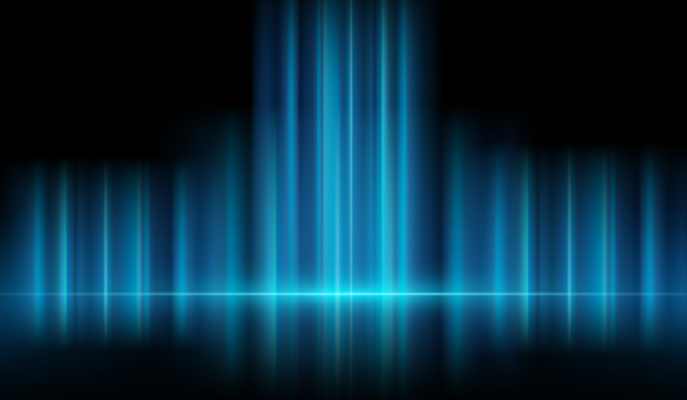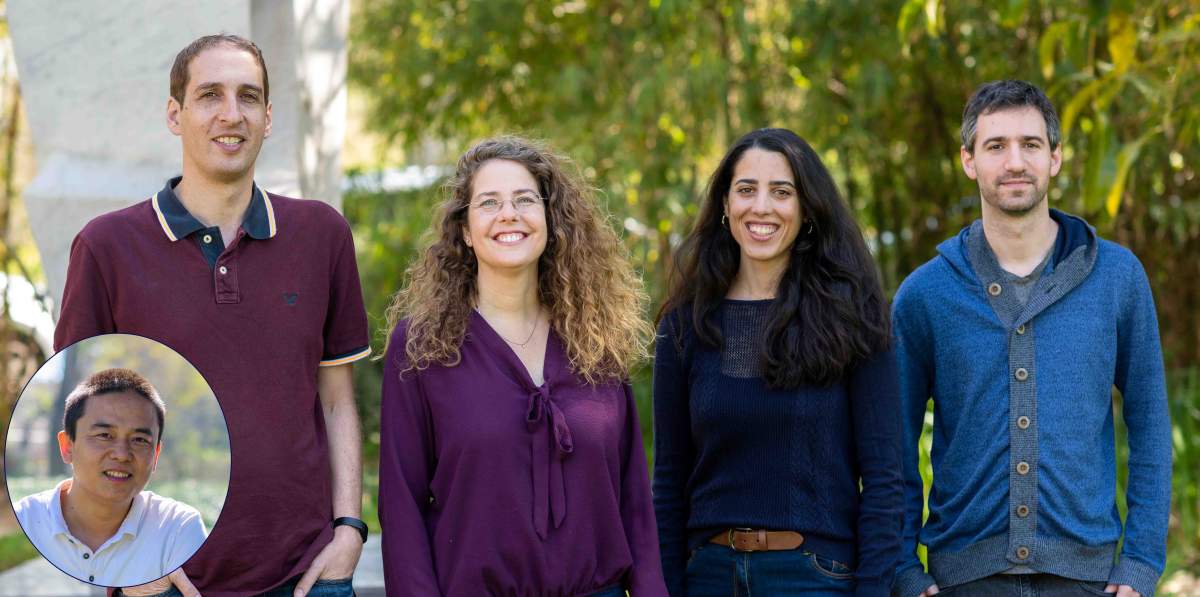Are you a journalist? Please sign up here for our press releases
Subscribe to our monthly newsletter:

Speed is the name of the game in the lab of Prof. Nirit Dudovich in the Weizmann Institute of Science’s Physics of Complex Systems Department. Flashes of laser light so rapid they are measured in mere attoseconds (that is, a few billionths of a billionth of a second), can be used to probe the shortest-lived processes in nature: quantum tunneling, for example, or photoionization.
But until now, such studies, in Dudovich’s lab, were mostly conducted on gases. It was two research students in Dudovich’s lab – Ayelet Uzan and Gal Orenstein – who decided to try carrying out a study using the ultra-rapid light pulses on a solid material. This would present them with a unique challenge: As opposed to a gas, in which each atom or molecule is self-contained, with its electrons orbiting in orderly fashion around a nucleus, a solid crystalline material contains numerous atoms and electrons distributed throughout the crystal’s structure.
Changing over to solid-state research would present an experimental and theoretical challenge – requiring some significant changes in direction in Dudovich’s lab, and at first she hesitated. It was the students’ enthusiasm that finally convinced her, and they began to plan and build an experiment in collaboration with Prof. Binghai Yan in the Condensed Matter Physics Department at the Institute.
Right away, in the first experiments, the scientists obtained results that seemed weird. But, in the words of the immortal Isaac Asimov: “The most exciting phrase to hear in science, the one that heralds the most discoveries, is not ‘Eureka!’ but 'That's funny...’.” The strange phenomenon they observed in the spectrum of the light returned from the material was an unusual spectrum composed of “peaks and valleys.” Over many months, the team tried to understand the source of these strange curves, and to decipher the information they contained.

The insight, as often happens, came in a flash. The answer was tied to the superposition of quantum states. An electron, when it behaves as a quantum particle, can be in superposition – that is several states at the same time. In the case of this experiment, the superposition involved different energy levels. A certain superposition could form a sort of “lens” to magnify or concentrate the light in the ultra-rapid pulses and create the peaks observed in the results.
“The structure of the energy levels in solid matter determines its basic properties,” says Dudovich. “In the future, we might be able to use high-intensity lasers and ultra-short pulses that create instant changes in those properties, getting a material that is normally insulating to conduct electricity for a tiny fraction of an optical cycle and then flip back to insulating. The findings of this research and the new insight they provide may even lead to a new kind of electronics that will be much faster than today’s.”
In Dudovich’s lab, she and her team are already thinking up new applications for their experimental set, for example, new ways of obtaining dynamic measurements, or creating videos to track the energy levels of electrons as they undergo various processes within a few attoseconds.
Prof. Nirit Dudovich is Head of the André Deloro Research School of Physical Science; hier research is also supported by the Helen and Martin Kimmel Award for Innovative Investigation; the Crown Photonics Center; the Jay Smith and Laura Rapp Laboratory for Research in the Physics of Complex Systems; the Wolfson Family Charitable Trust and the Wolfson Foundation; the Jacques and Charlotte Wolf Research Fund; and the estate of Raymond Lapon. Prof. Dudovich is the incumbent of the Robin Chemers Neustein Professorial Chair.
Prof. Binghai Yan's research is supported by the Willner Family Leadership Institute; and the European Research Council.